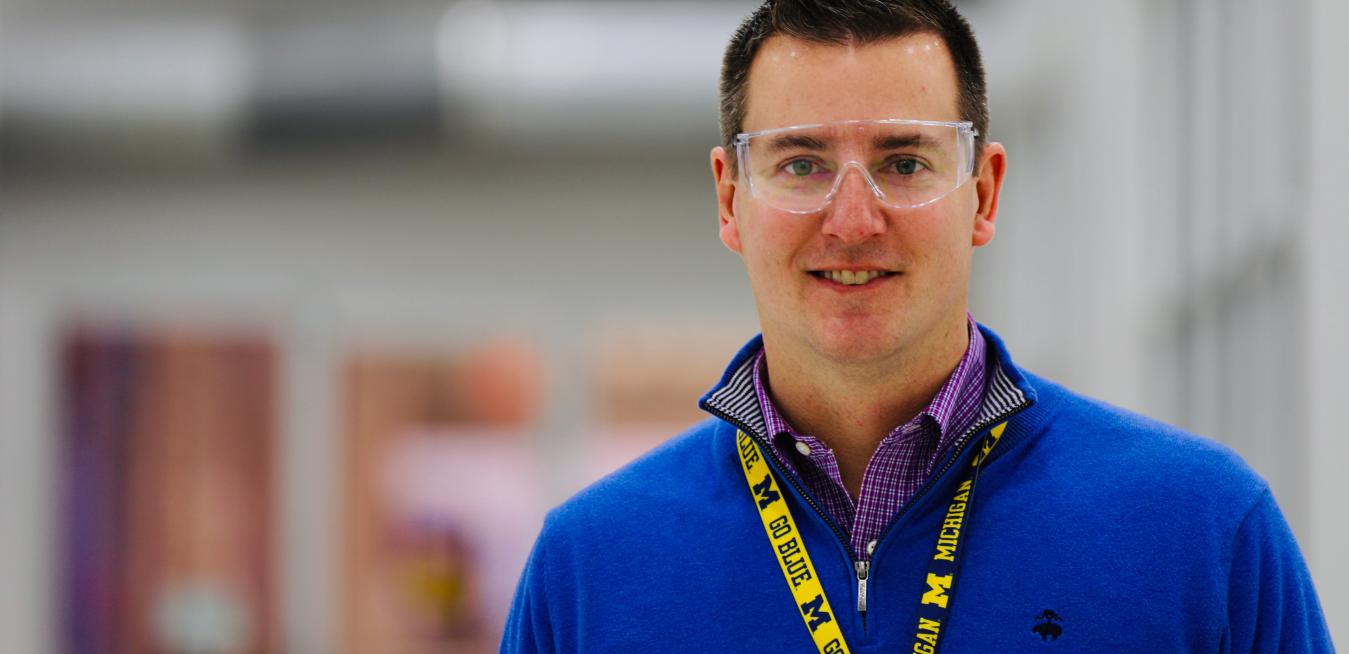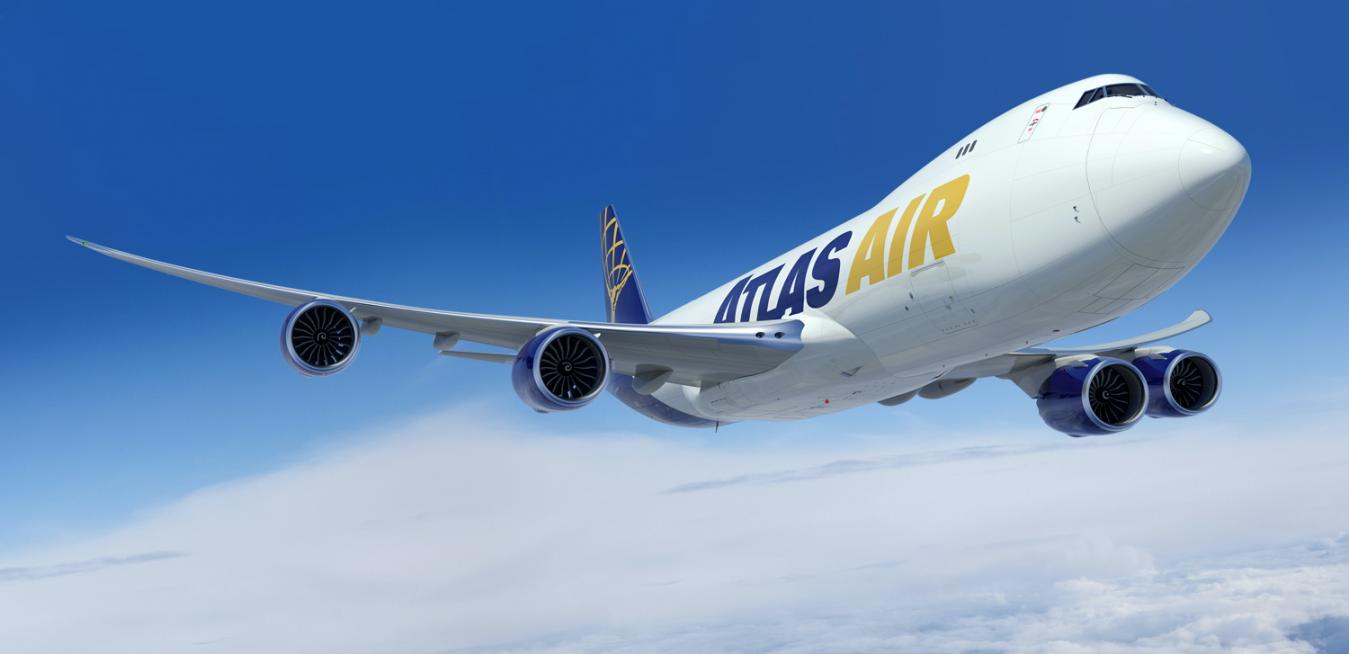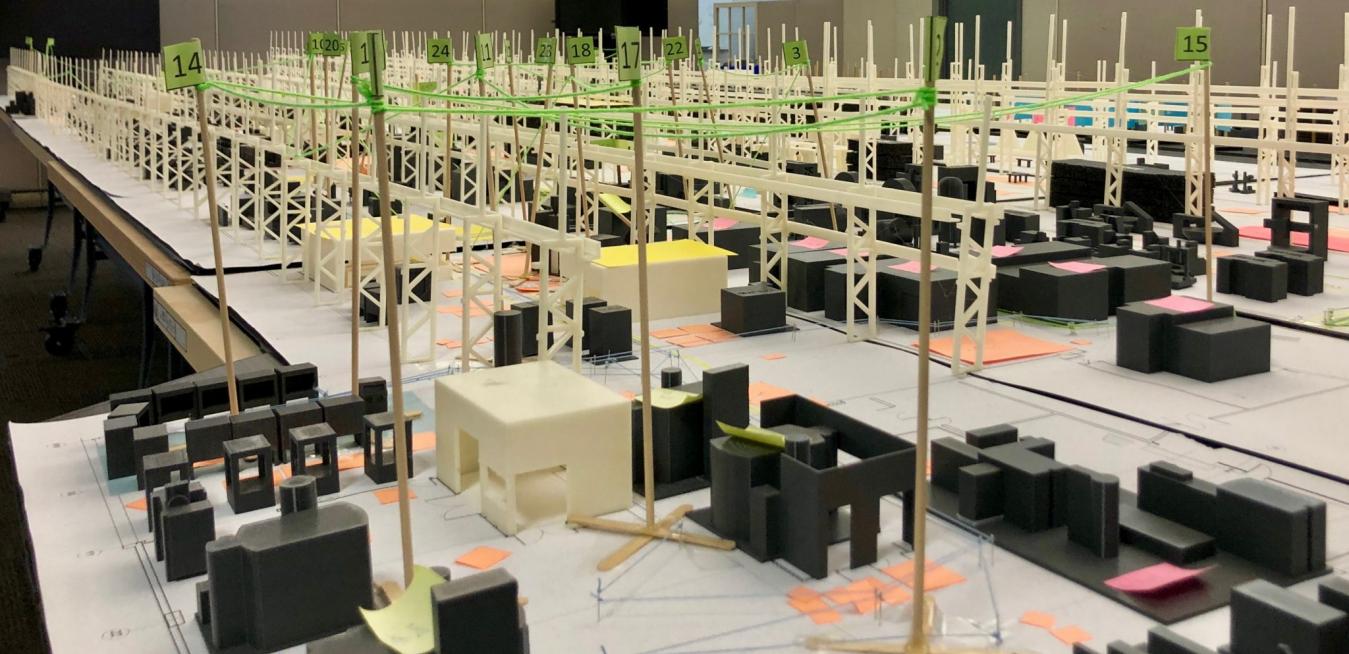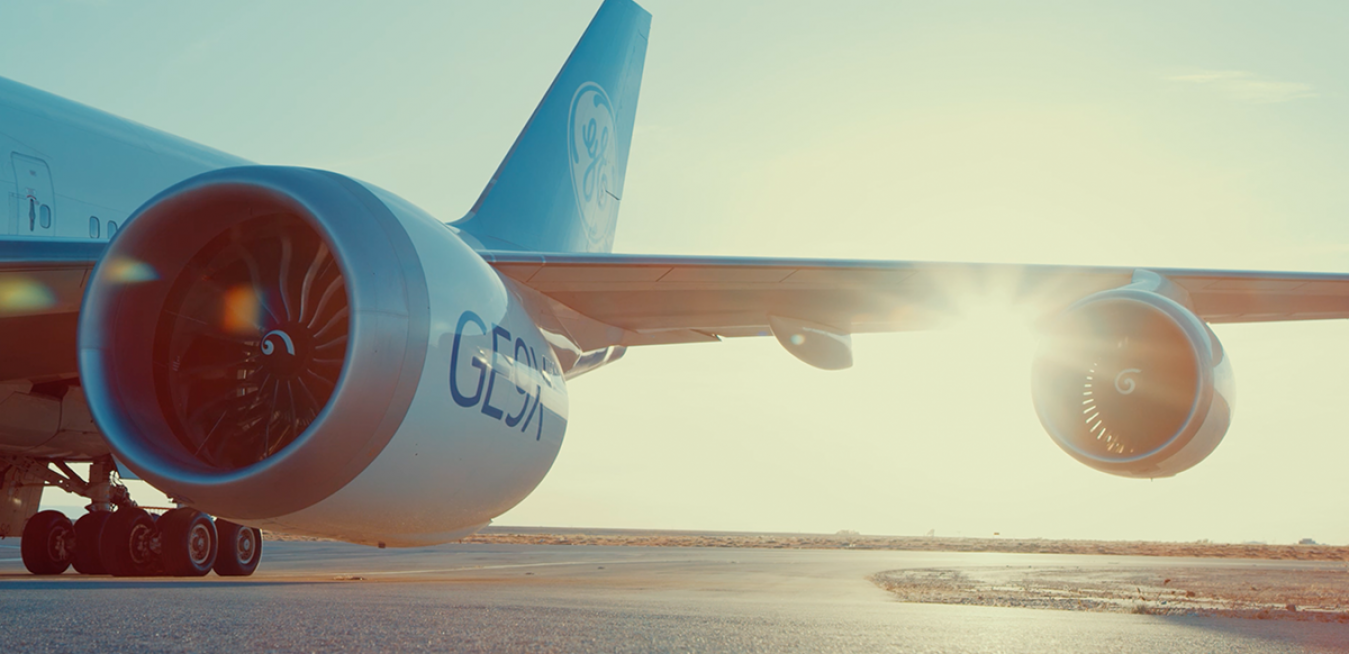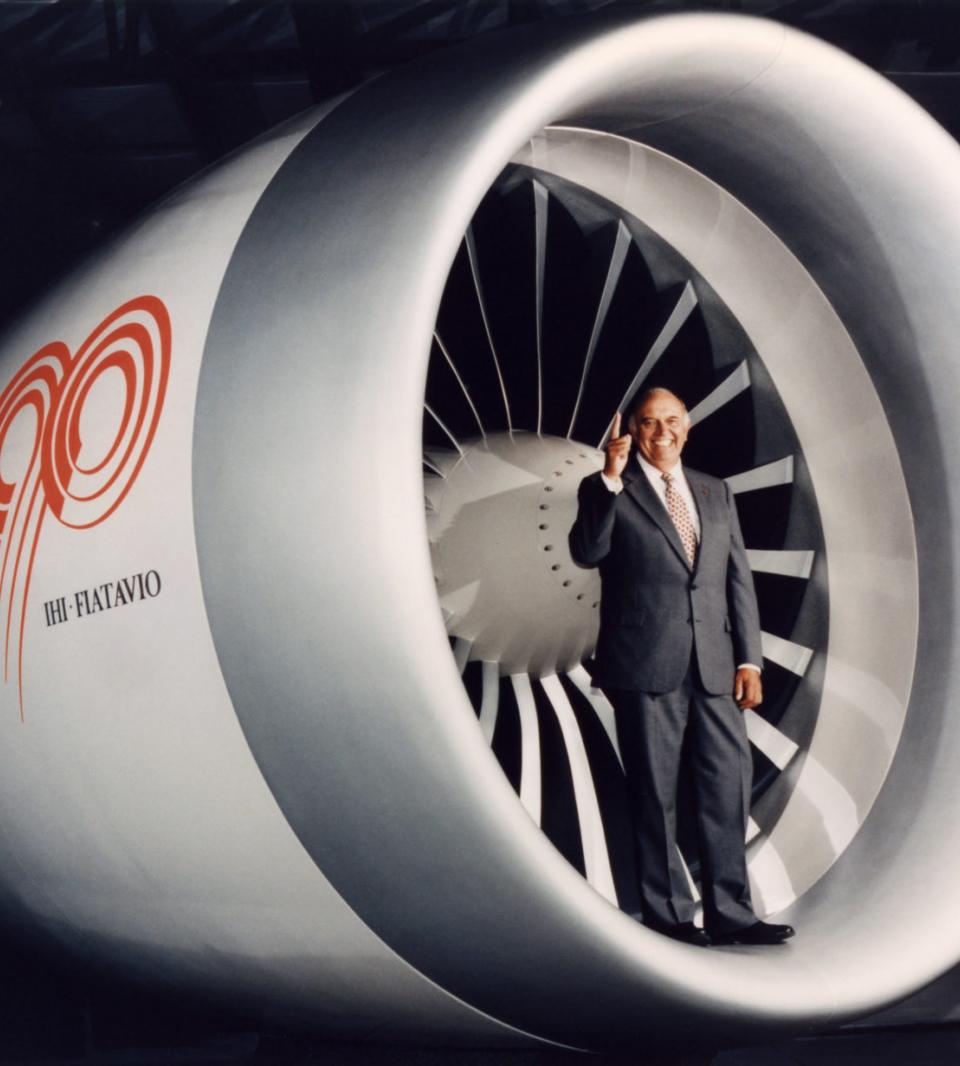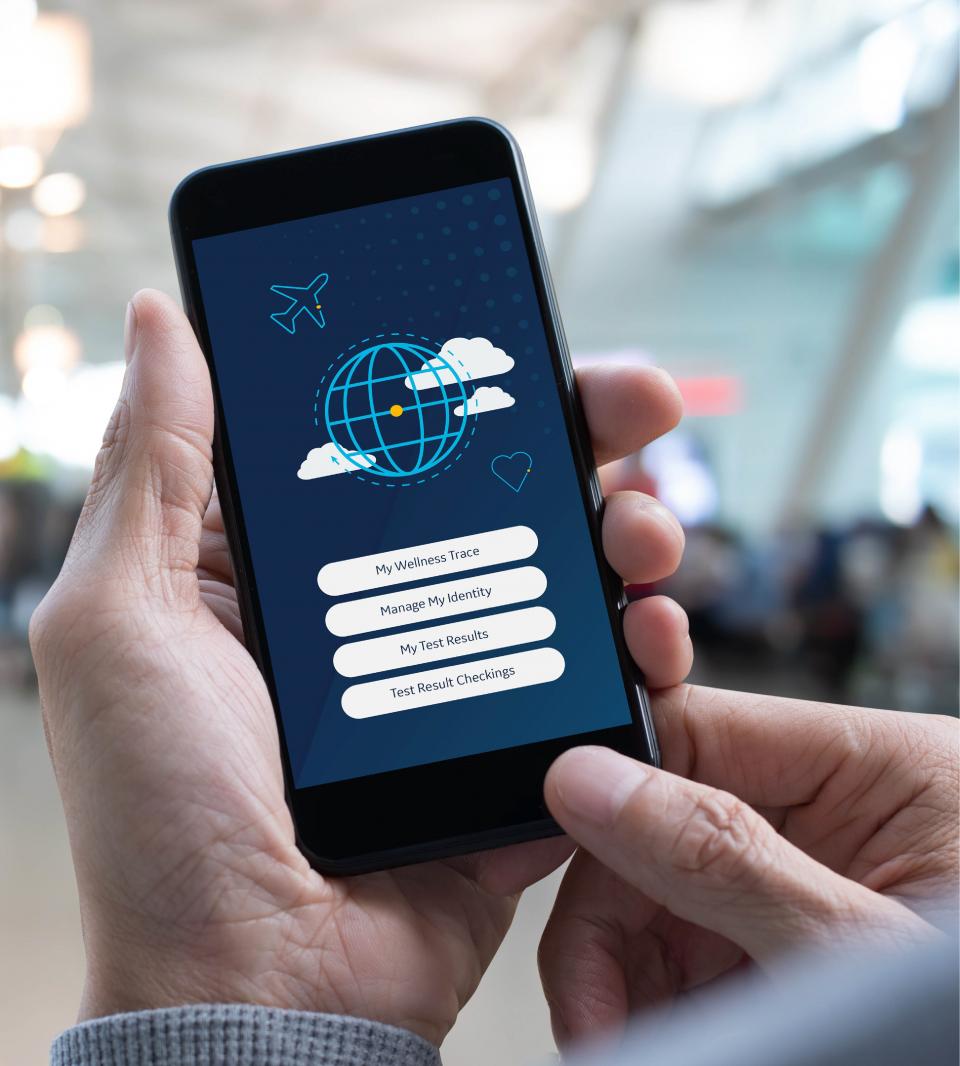Back in 2017, GE engineers surprised the world when they took what was then the world’s most powerful jet engine and used its technology to turn it into a power plant that could be capable of generating enough electricity for thousands of households. This feat got plenty of attention, but the team was not finished. A new GE team has now turned the machine into yet another example of the power of innovation.
The Plot
Growing up in the flight path of Reagan National Airport in the Washington, DC, area, Shawn Newman became fascinated by the planes that flew over his house. In middle school, on days when the sun lingered into the evening, he was sometimes able to pursue them to their destination. “The best days were when I had time to ride my bike an hour to the airport to get a closer look at the planes taking off and landing,” Newman says.
The global freight carrier Atlas Air Worldwide said on Tuesday a quartet of new Boeing 747-8 freighters it ordered from Boeing in January will be powered by GE jet engines. The deal, which includes engines and overhaul services, is valued at $800 million at list price over the life of the 20-year maintenance contract.
Andargachew Haileselassie already had a big job. “Andy,” as he’s known, trains maintenance technicians servicing thousands of GE engines powering passenger jets around the world. Before the COVID-19 pandemic struck, airlines would send their techs and engineers to Doha, Qatar — home to one of six global training facilities run by GE Aviation and its partner Safran Aircraft Engines — where Haileselassie would teach them everything from inspecting combustion chambers to mending compressor blades.
Poland, like several of its Central European neighbors, weathered the first wave of the COVID-19 pandemic well. Until early October, the country’s hospitals were never treating more than a few thousand patients with the disease at any one time.
When Larry Culp joined GE as chairman and CEO in the fall of 2018, he brought along years of management expertise — and a specific prescription for turning the company around. Culp announced that GE would look to lean, the system of continuous improvement pioneered in Japan in the latter half of the 20th century, which has shown tremendous results in American business.
Dua dasawarsa yang lalu, para insinyur GE pergi menyebar ke seluruh penjuru industri penerbangan, dan menanyakan kepada pelanggan tentang hal apa yang mereka inginkan ada di dalam sebuah mesin jet. Para insinyur itu pulang dengan sebuah daftar panjang yang memuat 300 hal, tapi dari semua itu ada satu permintaan sederhana yang paling diinginkan: efisiensi bahan bakar. Alasannya? Biaya bahan bakar hampir mencapai seperlima biaya operasional dari maskapai penerbangan.
Time was, it took four engines to power an aircraft on a long-distance flight — but the GE90 helped change all that. Introduced in the 1990s, the iconic engine allowed large Boeing 777 passenger jets to travel with just two engines, lowering fuel and maintenance costs and ushering in a reinvention of the logistics, economy and aesthetics of jet travel.
At first glance, the stickers affixed next to the bathroom entry door, a check-in kiosk, or a counter at Starbucks don’t look like much. But when flyers passing through the Albany International Airport in New York scan those stickers with their phone cameras, a new app developed by GE and its partners unlocks valuable data stored in a quick-response (QR) code printed on their backs. The app, called Wellness Trace, can tell them when the bathroom was last cleaned, say, or the check-in kiosk sanitized.
